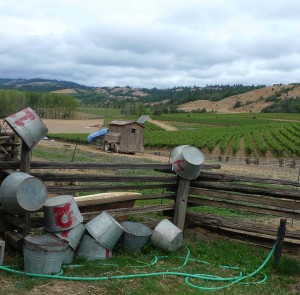
Deb Cahn of Navarro Vineyards on the distrust of big vintners, and the need for community participation.

Deb Cahn of Navarro Vineyards on the distrust of big vintners, and the need for community participation.

Doug Jenner is a 4th-generation rancher in Scott Valley, West of Yreka. He and others in the area feel overwhelmed by regulations required by multiple state agencies.

Though Lindsay’s economy has diversified, oranges still have a big presence.
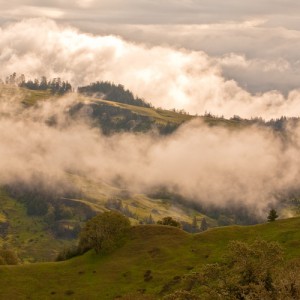
Two perspectives on how marijuana took hold in Southern Humboldt.
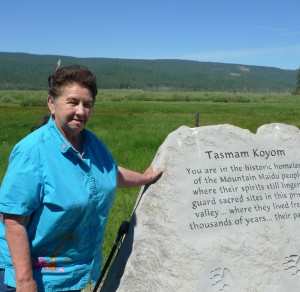
Beverly Ogle is part of a group of Mt. Maidu people working to get Humbug Valley formally turned over to the Maidu for ownership.

Full Story
For outsiders, Mendocino County’s Boonville used to be a “blink-and-you-miss-it” spot along Highway 128. Through the years it’s been home to sheep ranchers, apple farmers and marijuana growers. But recently, Pinot Noir grapes have put Boonville and the Anderson Valley on the map — and that has some residents worried. (aired on The California Report Dec 2010)

Full Story
Lindsay is a Central Valley town of 12,000 built up around olive and citrus groves. Twenty years ago, a state-wide freeze signaled the start of a series of events that crippled Lindsay’s economy. But the town buried its troubled past and forged a new identity. (aired on The California Report Nov 2010)
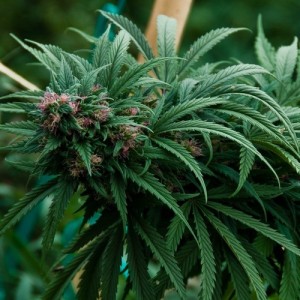
Full Story
The Humboldt County town of Garberville is a thriving center of California’s marijuana industry. For the past few decades, pot growing has gradually replaced logging and ranching as the economic engine there. Southern Humboldt reporter Kym Kemp and I tour Garberville to share the changing identity of a town underwritten by pot. (aired on The California Report Jan 2011)
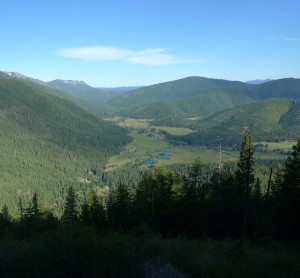
Full Story
Hundreds of years ago, the land north of the Feather River in the mountains of Plumas and Lassen Counties was filled with villages of native Mt. Maidu people. After the Gold Rush, prospectors, developers and government agencies took over their land. Their population dwindled and the tribe lost access to the land for traditional practices. Now, the Mt. Maidu people are working with an old adversary to regain formal stewardship of their homeland. (versions aired on The California Report July 2011 and on Living on Earth Oct 2011)
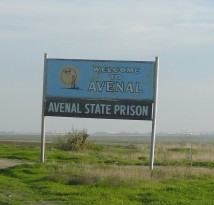
Full Story
In 1929, oil was discovered in the Kettleman Hills — and the nearby town of Avenal was born. But by the 1960s, the oil business dried up, and Avenal struggled to find a new economy and identity. They found one, but in an industry most towns had previously shunned. (aired on The California Report March 2011)

Full Story
Calipatria sits in California’s southeast corner, in Imperial County. Many of the town’s residents rejoiced in April, 2011 when Gov. Jerry Brown signed into law a requirement that by 2020, the state get over 30 percent of its electricity from renewable sources. They hope the region’s natural resources will lead this hard-hit county into economic recovery, but some here worry that education and training lags behind. (versions aired on The California Report May 2011, and on NPR’s Latino USA Nov 2011)
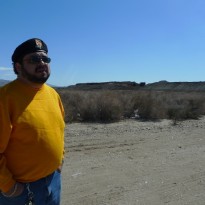
The unincorporated community of Mecca in Riverside County’s Eastern Coachella Valley has a host of environmental concerns, from well water with naturally-occurring arsenic to toxic dump sites. Talk about environmental justice here, and people always mention Eduardo Guevara as a leader in the community. Guevara says, however, five years ago, after moving here from Mexicali, Mexico, he wasn’t involved in any kind of activism. After his wife was hospitalized twice for asthma, Guevara learned that their environment might be contributing to her health problems. Guevara, his wife and his now 12-year-old son Eduardo Guevara Jr. started attending community meetings to get some answers.

Up in far Northern California and Southern Oregon, if you drive through the high desert, forests and mountain valleys you’ll take the State of Jefferson Scenic Byway. You can check out the jam band The State of Jefferson. And if you’re searching for the public radio station, you’ll find Jefferson Public Radio. That’s because many people living there don’t really identify with California or Oregon. They say they live in the State of Jefferson. There’s been talk of a separate state since the 1850s, and earlier this month a group brought a resolution to the Siskiyou County board of supervisors to withdraw from California, and start over. In this piece, we visit Siskiyou County, to learn the history and culture of the State of Jefferson, and to find out how young people trying to make a life there fit into that heritage.

It’s said that date palm trees want their feet in water, and their heads in fire. It makes sense, then that more than 90% of the dates harvested in the U.S. grow in California’s Eastern Coachella Valley. Irrigation water’s pumped here from the Colorado River, and summer temperatures can top 120 degrees. Reporter Lisa Morehouse spent some time in the Eastern Coachella Valley this spring, and got curious about the history of dates here, and about the palmeros, palm workers, who tend them.